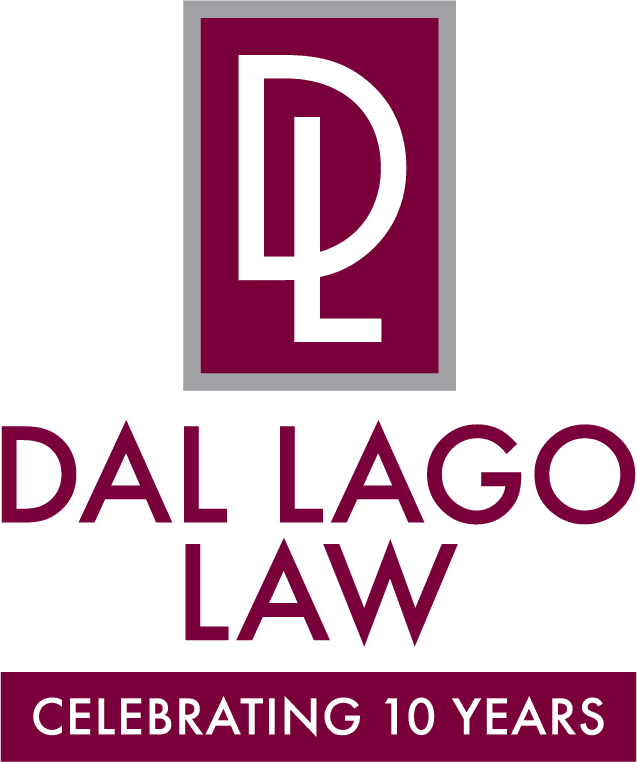
Subchapter V FAQ
“Subchapter V” bankruptcy, officially named “Small Business Debtor Reorganization”, is a subtype of Chapter 11 bankruptcy, which is itself officially named “Reorganization”.
Subchapter V is designed to be quicker, easier, and less expensive than a regular Chapter 11 bankruptcy, and may force creditors to receive less than they would receive in a regular Chapter 11 bankruptcy.
Subchapter V bankruptcy is available to otherwise-eligible businesses and businessowners with “noncontingent liquidated” debt totaling no more than Seven Million Five Hundred Thousand Dollars ($7,500,000.00), provided half or more of such debt is from commercial or business activities.
While Subchapter V bankruptcy is only available to eligible people and businesses (“debtors”) with no more than Seven Million Five Hundred Thousand Dollars ($7,500,000.00) in “noncontingent liquidated” debt, many businesses and people that think their debt exceeds that limit have less than the limit when you exclude debt that is not actually “noncontingent” or “liquidated”.
Dal Lago Law helps debtors determine how much of their debt is contingent and liquidated.
The goal of a Subchapter V bankruptcy is to obtain the bankruptcy court’s approval of the debtor’s plan of reorganization. In most instances, the bankruptcy court from—and, as necessary, creditors—to approve a plan that provides creditors at least as much as they would receive in Chapter 7 bankruptcy, while maximizing the value the debtor receives in exchange for the money or assets given to creditors.
Many small businesses wanting to remain in business choose Subchapter V bankruptcy over Chapter 7 bankruptcy, as Chapter 7 bankruptcy contemplates the sale of equipment and assets which would be necessary to preserve the business’ value as a going concern.
Many small businesses that want to discharge debt choose Subchapter V bankruptcy over Chapter 7 bankruptcy because Chapter 7 bankruptcy only grants individuals a discharge.
Businesses do not have the choice of filing for Chapter 13 bankruptcy at all.
People and businesses may choose Subchapter V bankruptcy instead of Chapter 7 bankruptcy if they believe they can sell their nonexempt assets better than the Chapter 7 Trustee (see our Chapter 7 page for more details).
People may choose Subchapter V bankruptcy instead of Chapter 13 bankruptcy because Chapter 13 bankruptcy requires “regular income”, and income from running a business can be much less “regular” than an employee would receive.
People may choose Subchapter V bankruptcy instead of Chapter 13 bankruptcy because they live a nicer lifestyle than most people. Chapter 13 bankruptcy imposes spending caps on households that can make a middle-class lifestyle almost impossible—especially in Southwest Florida.
Individuals in Subchapter V bankruptcy may enter plans that are up to Two (2) years shorter than Chapter 13 plans.
Individuals in Subchapter V bankruptcy who are underwater on home mortgage(s) that exist to secure business debt may be able to remove such mortgage(s) to the extent they exceed the value of the home.
The attorneys at Dal Lago Law have substantial experience representing debtors and creditors in Subchapter V bankruptcy; contact Dal Lago Law to determine if Subchapter V bankruptcy is right for you.
Small businessowners who have assets and business income, but a negative net worth because of their business debt.
Small businesses worth less than the sum of their debts, but more than the sum of their assets.
If you are willing and able to pay Subchapter V bankruptcy creditors no less than they would receive in Chapter 7 bankruptcy, the answer is probably yes. You may be able to continue operating your business, as well!
Indeed, Subchapter V bankruptcy contemplates the continued operation of businesses that would be profitable if not for debt that is dischargeable (or can be eliminated) in bankruptcy.
There are 2 main types of plans: plans of reorganization and plans of liquidation.
A Subchapter V plan of reorganization is a proposal to use income—occasionally coupled with assets or money—to provide creditors and claimants at least as much as they would receive in a Chapter 7 bankruptcy liquidation.
A Subchapter V plan of liquidation proposes to provide creditors and claimants substantially all the debtor’s assets, or the proceeds from selling those assets, on terms that are at least as favorable to creditors and claimants as a Chapter 7 bankruptcy liquidation.
Plans typically change (or “impair”) the legal, equitable, and contractual rights of people and businesses to whom the debtor has some type of obligation. If the plan is legal and realistic, and every impaired party votes to accept the plan’s terms, the plan is likely to be confirmed by the court.
Debtors that fulfill their obligations under a plan of reorganization or liquidation are typically entitled to a discharge, eliminating their liability upon certain debts and obligations.
